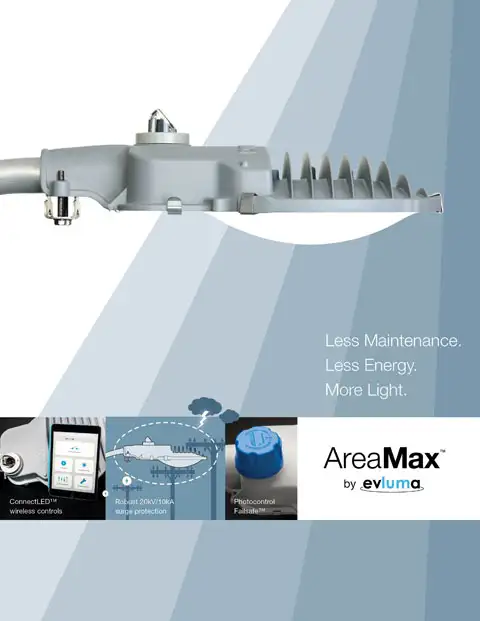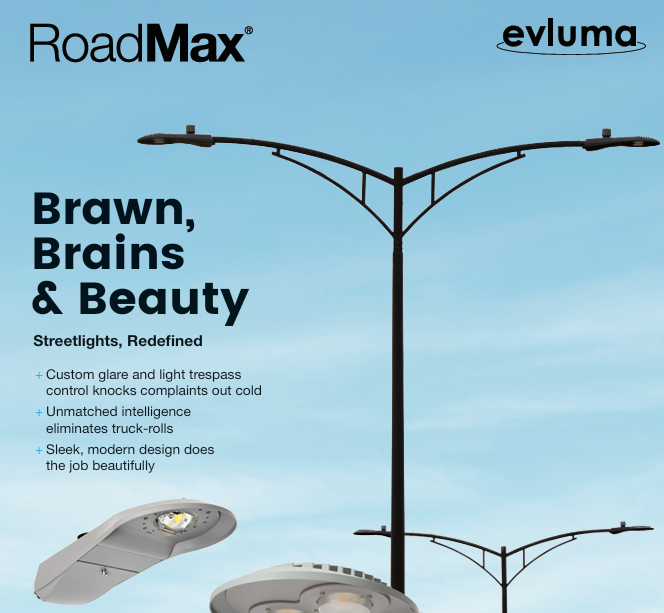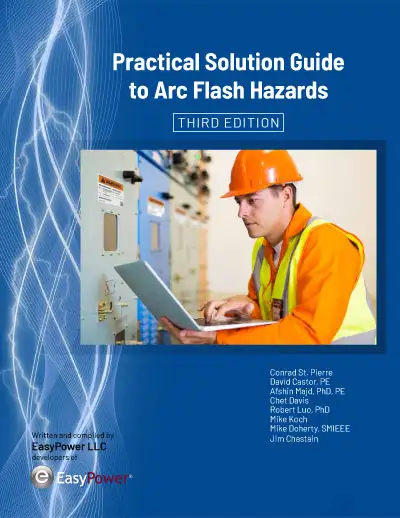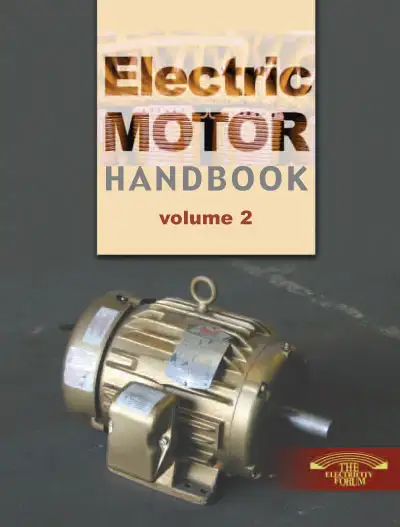Phase Rotation Meter - Mastering Electrical Precision

A phase rotation meter is an indispensable tool for industrial electricians. It ensures the correct phase sequence in three-phase power systems, preventing potential damage to motors, transformers, and other critical equipment. By understanding how to use this device, you can guarantee the safety and efficiency of your electrical installations. Three-phase systems are widely used in industrial applications because they provide a stable and efficient power supply. The term phase rotation refers to the order in which the phases of an electrical system reach their peak values. This sequence is critical for devices like phase motors, as it determines the direction in which they rotate. Incorrect phase rotation can result in reverse motor operation, potentially damaging equipment and halting production. A rotational phase tester is specifically designed to detect and indicate the phase sequence, ensuring that systems are installed correctly and function safely.
The Functionality of a Phase Rotation Meter
The role of a rotation meter is straightforward yet vital. By connecting its test leads to the three conductors of a system, the device measures the sequence of the electrical phases. Many modern meters display results through intuitive interfaces, making them user-friendly even for those less experienced. The ability to verify phase sequence quickly and accurately minimizes downtime during installations and troubleshooting.
What are the common applications for rotational testers?
From manufacturing plants to HVAC systems, the applications of testers are vast. These devices are particularly crucial when installing or maintaining machinery reliant on three-phase power, such as industrial compressors and large-scale motors. Without confirming the phase rotation beforehand, these machines could operate inefficiently or sustain permanent damage. Additionally, they are widely used in power distribution to verify proper connections between transformers and load equipment.
Addressing Starting Current Challenges
A critical aspect of using equipment is managing the starting current or inrush current. This surge of electricity occurs when devices like motors or transformers are first activated, and it can trip circuit breakers if not properly managed. Understanding the relationship between phase sequence and starting current is essential for maintaining system stability. Properly using tools like devices helps mitigate issues caused by these initial electrical surges.
What safety precautions should be followed when using a tester?
Working with three-phase systems involves inherent risks, particularly when dealing with high voltage. Ensuring the correct usage of equipment requires strict adherence to safety protocols. Electricians must always use the correct personal protective equipment (PPE) and verify that the test leads and devices are rated for the system's voltage. Regular calibration and inspection of the meter also help maintain accuracy and safety during its operation.
Enhancing Efficiency and Reliability
Equipment contributes to the overall reliability of electrical systems. Identifying improper wiring or reversed connections, prevents inefficiencies and ensures that equipment operates within its design parameters. This is particularly beneficial in environments where maintaining uptime is critical, such as factories and data centers. The tool’s ability to troubleshoot and verify connections makes it an invaluable asset for professionals.
Real-World Scenarios and Expert Recommendations
In the real world, electricians often encounter complex wiring configurations in which phase rotation verification becomes crucial. For instance, when connecting backup generators or synchronizing multiple power sources, ensuring the correct phase sequence is non-negotiable. Experts recommend using equipment during every installation and routine maintenance to avoid costly errors.
A device is a crucial tool for electricians and engineers working with three-phase power systems. It verifies the correct sequence of phases, preventing costly equipment damage and operational disruptions. By understanding how to use this device, you can ensure the safety and efficiency of your electrical installations.
EF PARTNER MEDIA
Product Showcases
Shared Media
























